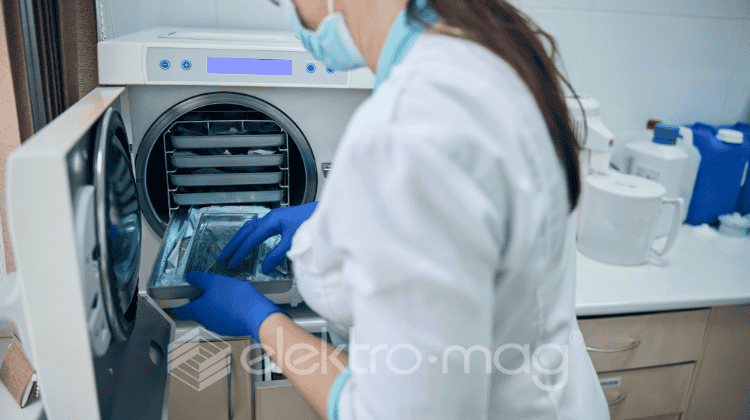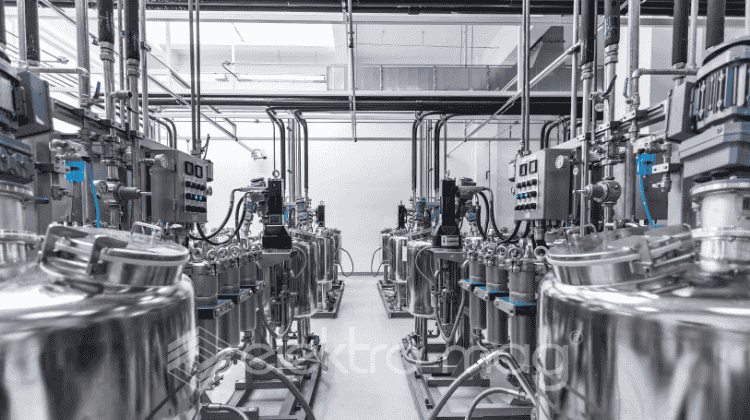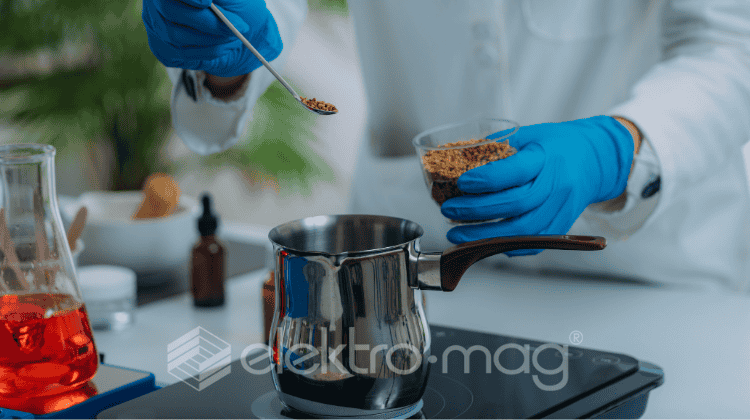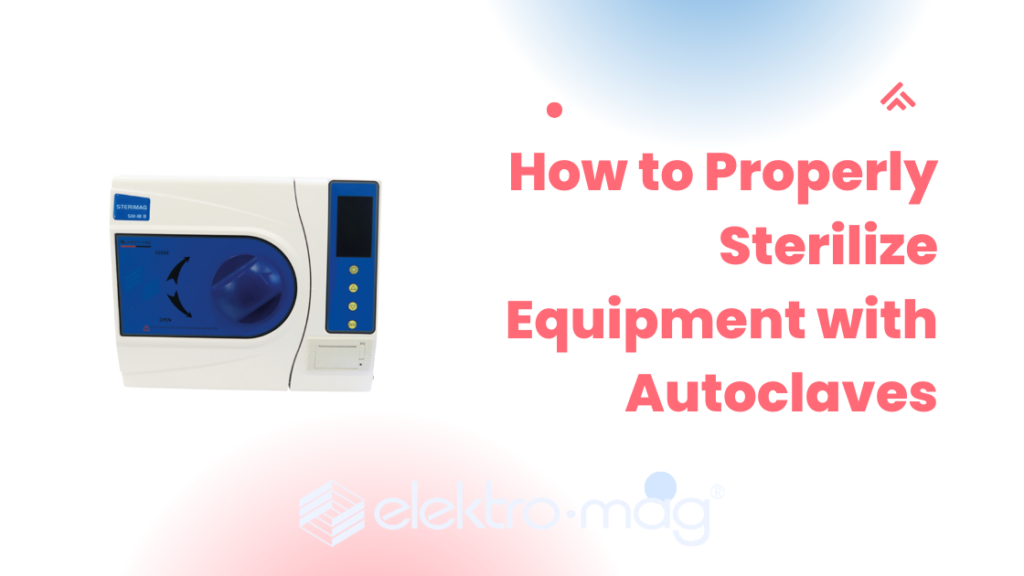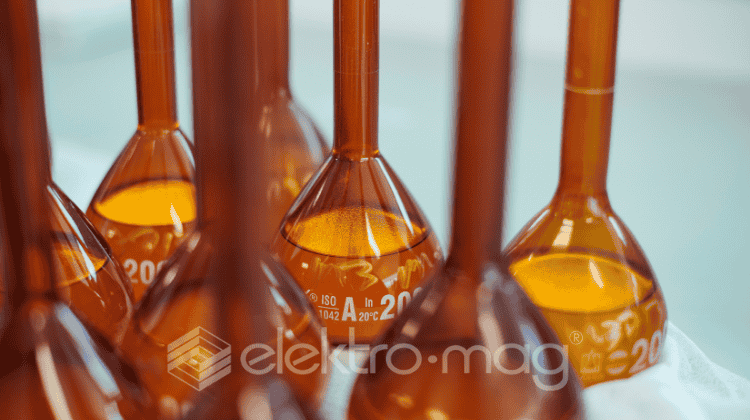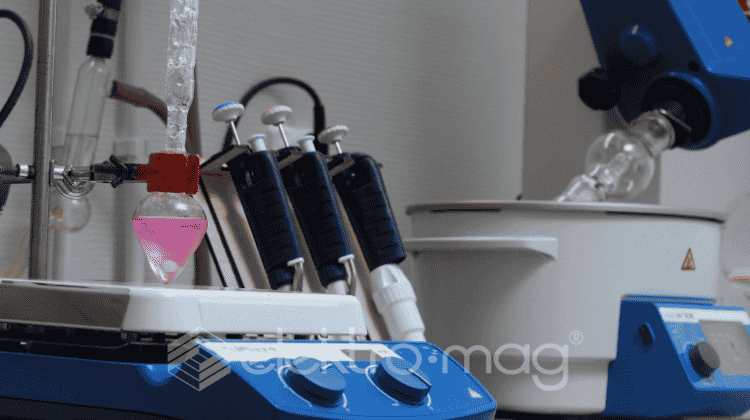
A pipette controller is an essential handheld device for precise liquid transfer in laboratory settings, primarily using serological pipettes. This tool facilitates efficient aspiration and dispensing, ensuring repeatable results. Laboratories in fields such as biology, chemistry, and clinical diagnostics benefit from the pipette controller’s accuracy and ergonomic design, making it an invaluable asset.
Key Features and Benefits of Pipette Controllers
- Precision in Liquid Handling: Designed for consistent liquid measurements, pipette controllers offer exact dispensing, making them indispensable for experiments that require accurate volume control.
- Ergonomic Design: Comfortable grips and user-friendly interfaces minimize strain, which is essential for researchers handling large sample volumes.
- Adjustable Speed Settings: Users can switch between different liquid flow rates for a variety of tasks, from rapid dispensing to slow, controlled transfers.
- Versatile Compatibility: These devices are compatible with numerous pipette sizes, offering adaptability in various lab tasks.
- Durability: Built to withstand regular sterilization and daily usage, pipette controllers are a reliable choice for high-throughput environments.
Common Applications of Pipette Controllers
- Research Labs: Widely used in biology, medicine, and chemistry, where precise liquid measurements are essential.
- Clinical Diagnostics: Vital in laboratories focused on diagnostics, aiding in sample preparation for testing.
- Quality Control: Employed across industries like food and pharmaceuticals for ensuring accurate, controlled sample analysis.
Types of Pipette Controllers
Pipette controllers are generally categorized into two types:
- Mechanical Controllers: These are manually operated, using a spring-loaded mechanism for liquid transfer. They are straightforward and cost-effective, ideal for simpler applications.
- Electronic Controllers: Advanced options with digital speed control and rechargeable batteries, electronic controllers allow for programmable modes, improving versatility and ease of use.
Step-by-Step Guide to Using a Pipette Controller
- Attach the Pipette: Secure the serological pipette to the controller’s nozzle.
- Aspirate: Use the designated button to draw the liquid into the pipette.
- Dispense: Release the button to dispense, controlling the liquid flow as needed.
- Reverse Pipetting (if available): For precise tasks, this mode ensures the last drop is accurately dispensed.
Tips for Maintaining Pipette Controllers
Regular maintenance extends the device’s lifespan and reliability. This includes routine sterilization, inspecting for worn-out parts, and cleaning nozzle seals to prevent contamination. By integrating pipette controllers, laboratories can streamline sample handling processes, improve experiment reproducibility, and enhance overall workflow efficiency.
Micropipettes and Laboratory Pipettes: Precision Instruments for Accurate Liquid Handling
Micropipettes and laboratory pipettes are essential tools in scientific research and various laboratory settings. These instruments are designed to accurately measure and transfer small volumes of liquid, ensuring precise and reliable results.
Micropipettes: Precision in Tiny Volumes
Micropipettes are specifically designed to handle microliter volumes, typically ranging from 0.1 µL to 2000 µL. They are available in various models, each with a specific volume range.
Types of Micropipettes:
- Single-Channel Micropipettes: These are the most common type, used for transferring a single volume of liquid at a time.
- Multi-Channel Micropipettes: These allow for simultaneous liquid transfer to multiple wells in a plate, significantly increasing efficiency.
- Variable Volume Micropipettes: These can be adjusted to dispense different volumes within a specific range.
- Fixed Volume Micropipettes: These are designed to dispense a fixed volume of liquid.
Key Components of a Micropipette:
- Plunger: Used to aspirate and dispense liquid.
- Volume Display: Shows the set volume.
- Tip Cone: Holds the pipette tip.
- Ejector Button: Used to eject the pipette tip.
Laboratory Pipettes: Versatile Tools for Larger Volumes
Laboratory pipettes, also known as serological pipettes, are used to transfer larger volumes of liquid, typically ranging from 1 mL to 25 mL. They are available in various sizes and are often graduated to allow for precise measurements.
Types of Laboratory Pipettes:
- Serological Pipettes: These are calibrated along the side to measure various volumes.
- Volumetric Pipettes: These are designed to deliver a specific volume of liquid with high accuracy.
- Mohr Pipettes: Similar to serological pipettes, but the calibration marks do not extend to the tip.
Proper Pipetting Techniques:
To ensure accurate and reliable results, it is crucial to follow proper pipetting techniques:
- Pre-wetting: Before aspirating the sample, pre-wet the pipette tip with the liquid to ensure accurate volume delivery.
- Aspirating: Slowly depress the plunger to the first stop and immerse the tip into the liquid. Release the plunger to draw the desired volume.
- Dispensing: Place the tip against the desired vessel and slowly depress the plunger to the first stop to dispense the liquid. To expel the remaining liquid, depress the plunger to the second stop.
- Tip Ejection: Use the tip ejector button to safely remove the tip.
By understanding the different types of micropipettes and laboratory pipettes and following proper pipetting techniques, scientists can ensure accurate and reproducible results in their research.


